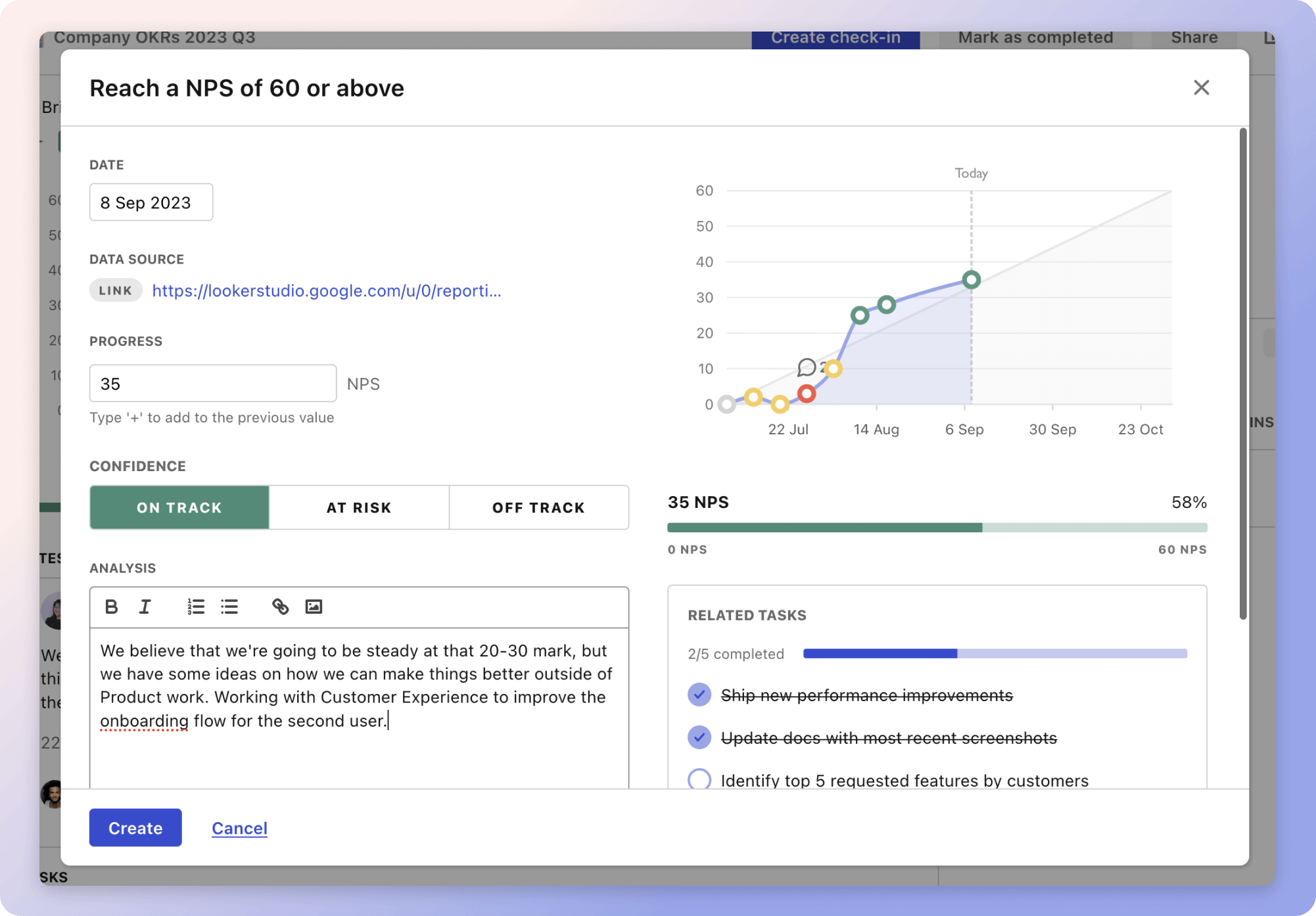The strategy centers around providing crucial resources like food and water to individuals in need. By forming alliances with local NGOs and charities, this initiative aims to leverage existing community networks. For example, partnering with a local charity focused on hunger can enhance resource distribution efficiency through collaborative efforts such as joint events and shared logistics.
Moreover, the strategy incorporates innovative fundraising tactics, such as crowdfunding campaigns and charity events, to generate necessary funds. Partnering with businesses for sponsorships or donation matching helps sustain these efforts. Furthermore, establishing a robust, sustainable supply chain ensures the timely delivery of supplies, engaging suppliers, and using technology for optimized management.
The strategies
⛳️ Strategy 1: Partner with local organisations
- Identify local charities and NGOs focused on hunger and water scarcity
- Reach out to potential partners and set up meetings to discuss collaboration
- Draft partnership agreements outlining roles and responsibilities
- Organise joint food and water distribution events
- Utilise partner networks to identify needy areas and individuals
- Coordinate logistics for delivering supplies through partner resources
- Develop a volunteer programme for collaborative initiatives
- Evaluate the impact of partnerships regularly through feedback and reports
- Expand partnership network by including more organisations over time
- Renew partnership agreements annually based on efficacy evaluation
⛳️ Strategy 2: Leverage fundraising and donations
- Create a crowdfunding campaign to raise awareness and funds
- Organise fundraising events such as charity runs, dinners, and auctions
- Reach out to businesses for potential sponsorships
- Set up online donation platforms linked to social media
- Develop information materials showcasing the cause and impact
- Establish partnerships with companies for donation matching schemes
- Launch a recurring donation initiative with easy signup options
- Track and manage all fundraising proceeds transparently
- Acknowledge and appreciate donors through public recognition
- Regularly update donors on progress and how their contributions are used
⛳️ Strategy 3: Establish a sustainable supply chain
- Identify reliable suppliers for bulk purchasing of food and water
- Negotiate long-term contracts for consistent supply and better rates
- Develop a mapping system to efficiently plan distribution routes
- Train staff on efficient inventory management practices
- Implement a tracking system for the distribution of supplies
- Establish storage facilities complying with safety standards
- Engage local farmers for fresh produce through a buy-back scheme
- Utilise technology to optimise supply chain management
- Plan resource allocation based on demand forecasts
- Review supply chain practices regularly for improvements
Bringing accountability to your strategy
It's one thing to have a plan, it's another to stick to it. We hope that the examples above will help you get started with your own strategy, but we also know that it's easy to get lost in the day-to-day effort.
That's why we built Tability: to help you track your progress, keep your team aligned, and make sure you're always moving in the right direction.

Give it a try and see how it can help you bring accountability to your strategy.
